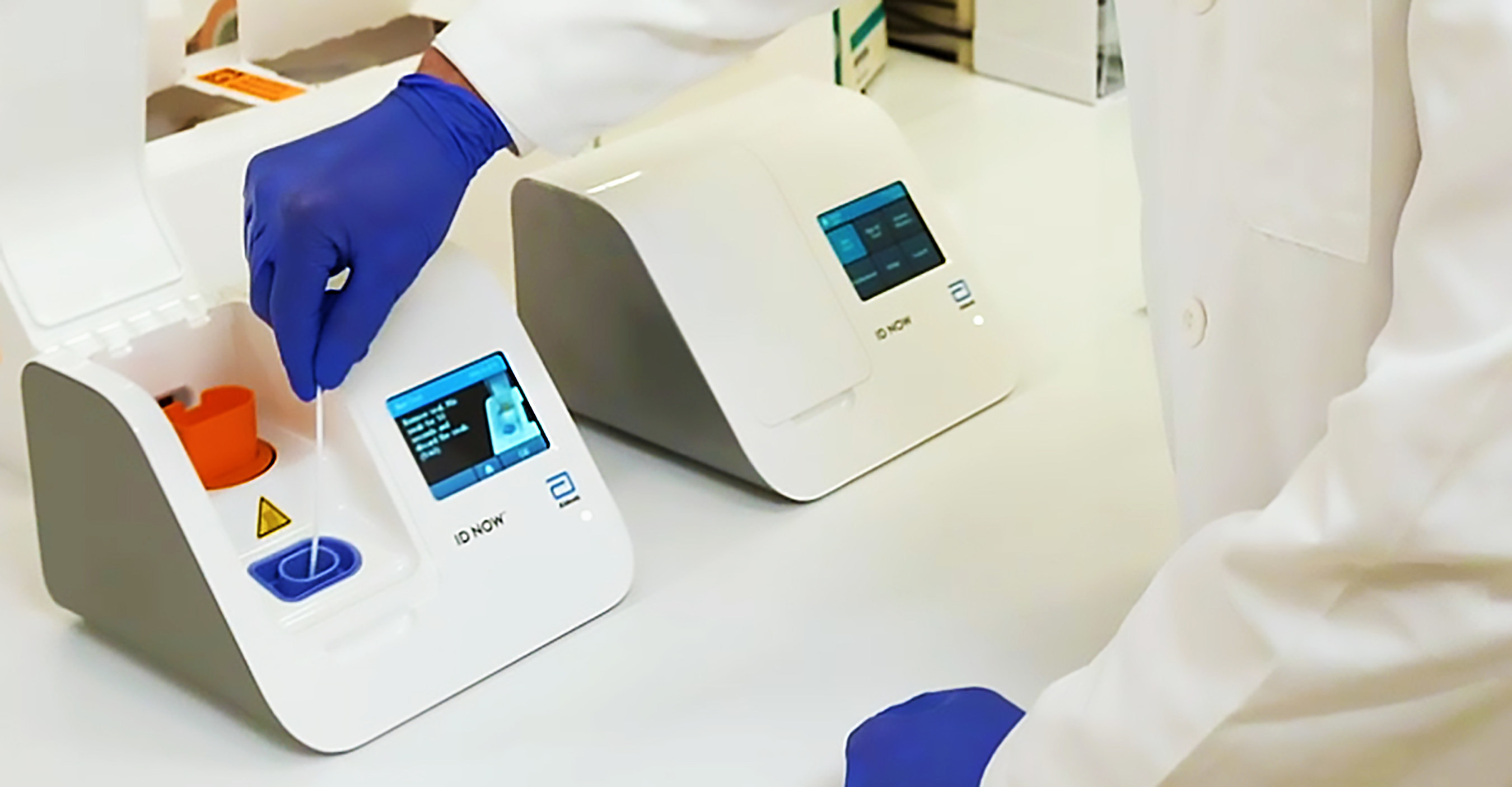Point-of-Care & Rapid Diagnostic Testing
The Point-of-Care (POC) and Rapid Diagnostic Testing (RDT) sector is a cornerstone of modern healthcare, offering fast, accurate, and accessible diagnostic solutions. This testing method allows for immediate results at the patient’s bedside or in remote locations, streamlining the workflow and enhancing patient care. POC tests are typically used for diagnosing infectious diseases such as influenza, HIV, and various bacterial infections.
The demand for rapid, reliable diagnostics has increased significantly due to the global health challenges posed by pandemics like SARS-CoV-2 (COVID-19). Rapid diagnostic tools enable healthcare providers to make timely decisions that can impact patient outcomes. The technology behind these tests leverages a range of methodologies including lateral flow immunoassays, nucleic acid amplification tests, and antigen-based assays.
In the context of quality management, POC testing is critical for ensuring that patients receive appropriate care without unnecessary delays. Compliance officers must ensure that all devices used are validated according to international standards such as ISO 15181-2, which sets guidelines for in vitro diagnostic (IVD) performance evaluation.
The implementation of POC tests also involves rigorous quality assurance processes, including specimen preparation, calibration of instruments, and adherence to strict acceptance criteria. This ensures that the results obtained are accurate and reliable. The choice of test reagents is crucial as well; they must be stable and perform consistently across different environments.
POC testing plays a vital role in improving healthcare outcomes by providing early detection of diseases, enabling quicker treatment initiation, and reducing hospital stays. In low-resource settings, where access to advanced diagnostic laboratories may be limited, POC tests offer a viable alternative for disease management.
Why Choose This Test
Choosing Point-of-Care & Rapid Diagnostic Testing offers several advantages over traditional laboratory-based diagnostics. Firstly, it allows healthcare providers to deliver results faster, which is critical in acute care settings where timely interventions can make a significant difference.
- Faster turnaround times: Results are available within minutes, allowing for immediate treatment decisions.
- Enhanced patient satisfaction: Patients receive their test results quickly and can be treated accordingly.
- Improved resource utilization: Reduces the need for patients to return multiple times for follow-up testing or treatment.
In addition, POC tests are cost-effective compared to sending samples to central laboratories. This is particularly beneficial in resource-constrained environments where every dollar counts. The ease of use and minimal training required also make it accessible to non-expert personnel, broadening the reach of diagnostic services.
The reliability and accuracy of POC tests have been validated through numerous studies and clinical trials. For instance, studies conducted by WHO and CDC have shown that certain rapid antigen tests for influenza are as accurate as laboratory-based PCR tests when used correctly.
Customer Impact and Satisfaction
The implementation of Point-of-Care & Rapid Diagnostic Testing significantly enhances the customer experience in healthcare settings. Patients benefit from quicker diagnosis, faster treatment initiation, and reduced waiting times. This not only improves patient satisfaction but also contributes to better health outcomes.
For healthcare providers, POC tests streamline workflows by reducing the time spent on laboratory-based testing. They can focus more on patient care rather than administrative tasks associated with sending samples for analysis. Additionally, the ease of use and minimal training required for POC devices make it easier to integrate into existing clinical practices.
Rapid diagnostic tools are particularly beneficial in emergency situations where quick decisions are necessary. For example, during a flu outbreak, healthcare facilities can quickly identify cases and implement containment measures, thereby preventing further spread of the virus. This proactive approach helps to control outbreaks more effectively and protect public health.
Use Cases and Application Examples
| Use Case | Description |
|---|---|
| Influenza Diagnosis | Rapid antigen tests are used to diagnose influenza at the point of care. These tests provide results within minutes, allowing for immediate treatment decisions. |
| HIV Screening | Lateral flow immunoassays are widely used for rapid HIV screening in resource-limited settings. These tests offer quick and reliable results, making them ideal for large-scale screening programs. |
| Diabetes Management | Blood glucose meters allow patients to monitor their blood sugar levels at home or in clinical settings. This helps in managing diabetes effectively by providing real-time data. |
| Malaria Diagnosis | Rapid diagnostic tests for malaria are used in endemic regions where access to central laboratories is limited. These tests provide quick results, enabling timely treatment and preventing further spread of the disease. |
- Influenza Diagnosis: Rapid antigen tests are used to diagnose influenza at the point of care. These tests provide results within minutes, allowing for immediate treatment decisions.
- HIV Screening: Lateral flow immunoassays are widely used for rapid HIV screening in resource-limited settings. These tests offer quick and reliable results, making them ideal for large-scale screening programs.
- Diabetes Management: Blood glucose meters allow patients to monitor their blood sugar levels at home or in clinical settings. This helps in managing diabetes effectively by providing real-time data.
- Malaria Diagnosis: Rapid diagnostic tests for malaria are used in endemic regions where access to central laboratories is limited. These tests provide quick results, enabling timely treatment and preventing further spread of the disease.





